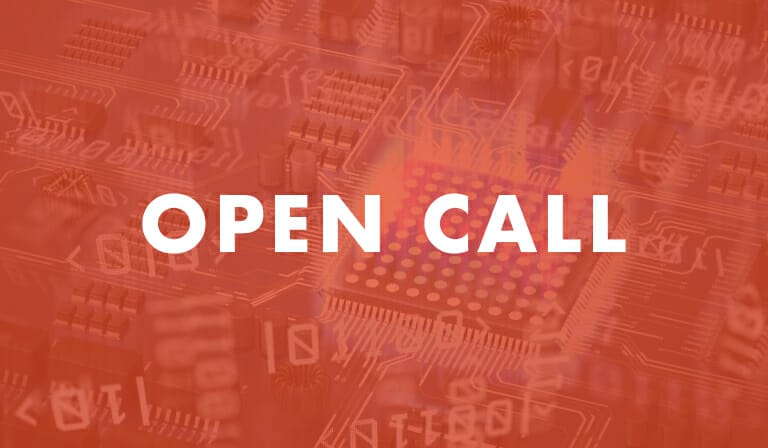The Strategic Priorities Fund ExCALIBUR programme is inviting expressions of interest and bids for a funding opportunity.
Title: Joint UK Land Environment Simulator (JULES) model design
Amount: £300,000
Key dates:
- EOI issued: 30 Jun 22
- Calls issued: 30 Jun 22
- Bid deadline: 7 Oct 22 at 12 midday
- Issue external review by: 13 Jan 23
- Delivery commences: 1 April 23
Programme background: Radical changes to supercomputer architectures are on the horizon. The current simulation codes, that much of UK science relies on, are designed for current supercomputer architectures. These codes will, at best, not be able to fully exploit the power that the supercomputers of the mid-2020s will deliver; at worst, they will run slower on those machines than they do now. Future computers will be more energy efficient and so the longer we rely on the current approach, the more expensive the solution will be. Therefore, it is essential that we invest now in redesigning those simulation codes so that they perform well on the future generations of supercomputers.
ExCALIBUR will meet this challenge by delivering research and innovative algorithmic development to redesign the high priority simulation codes to fully harness the power of future supercomputers across scientific and engineering applications. It will achieve this by bringing together an unprecedented range of UK domain experts, mathematicians and computational scientists who will identify common issues and opportunities in the high priority simulation codes and focus their combined scientific expertise and resources to accelerate toward interdisciplinary solutions.
Project overview: JULES is a community-based surface model that is used in weather and climate modelling to determine the exchange of energy, water and carbon between the surface and the atmosphere, as well as predicting the evolution of surface and sub-surface land states such as temperature and moisture. It is an essential model component across all time and spatial scales and includes critical processes such as the terrestrial water and carbon cycles. As the majority of weather and climate impacts occur on the land it is also a vital component to help understand extreme impacts and risks, providing information for weather and climate services on mitigation, adaptation and infrastructure planning.
JULES can be run on its own (stand-alone) using an atmospheric forcing dataset or as part of an atmospheric model (coupled) which includes all of the land/atmosphere feedback. Currently a different technical solution is used for these two applications, which means that new scientific innovations that are often developed in the stand-alone system are not easy to implement within the coupled system, introducing a barrier to new scientific capabilities and understanding. This activity will seek to unlock the massive potential of the wider scientific community through the separation of concerns between the scientific understanding and development of the JULES code base, and the technical coupling and control level code required to run the science.
For further details and to register interest or a bid, please click here.
For details of our bidding processes visit our grant funding webpages.
